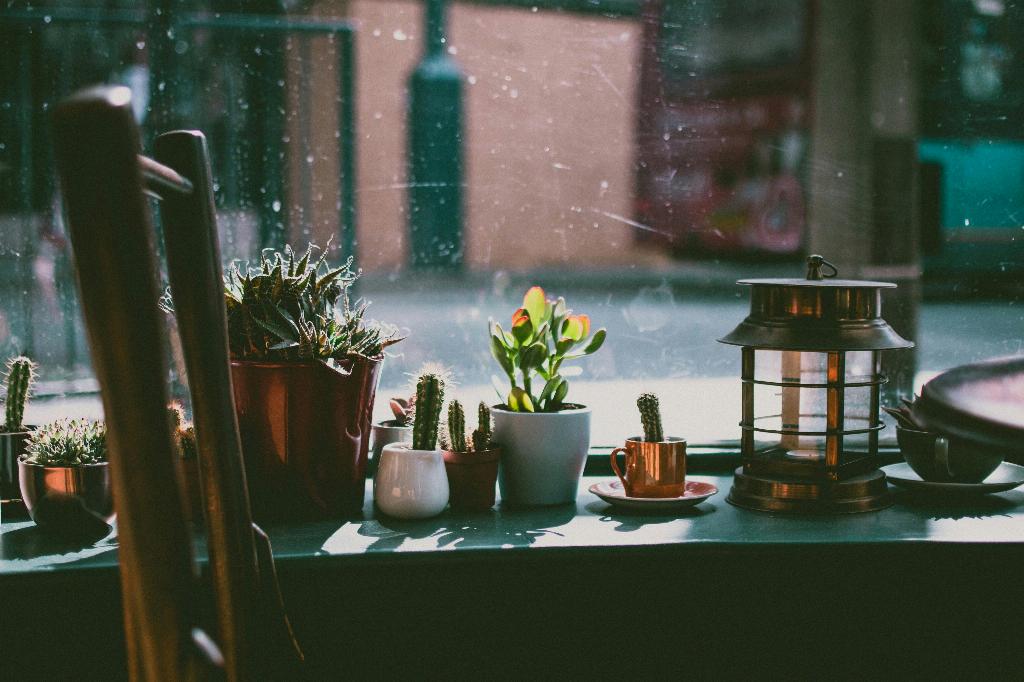When it comes to the winter survival of succulents, understanding their unique characteristics and natural behaviors is key. Like many plants, succulents have developed adaptive strategies to cope with harsh or dry seasons. One such strategy is going dormant for a portion of the year, which helps them conserve energy and withstand challenging conditions.
Types of Succulents That Go Dormant
Some types of succulents, such as Pincushion cacti, agave plants, and cold-hardy sedums, are known to go dormant in the winter. During this dormancy period, these plants slow down their growth and metabolic processes, requiring little to no water to survive. This adaptation allows them to endure the colder temperatures and reduced sunlight typical of the winter season.
Reduced Water Requirements in Winter
As succulents enter dormancy in the winter, their water requirements decrease significantly. This is because the plants are not actively growing or photosynthesizing during this period, leading to lower moisture loss through transpiration. It is essential to adjust your watering schedule accordingly and refrain from overwatering dormant succulents, as this can cause root rot and other issues.
Protecting Succulents from Frost
While many succulents are adapted to survive cold temperatures, prolonged exposure to frost can still pose a threat to these plants. To protect your succulents during the winter months, consider providing them with some form of insulation or shelter during freezing conditions. This could involve moving potted succulents indoors or covering outdoor plants with a frost cloth or protective barrier.
Winter Care Tips for Succulents
When caring for succulents in the winter, there are a few key tips to keep in mind. Firstly, be mindful of the temperature and lighting conditions in your succulent’s environment, as these factors can impact their growth and overall health. Additionally, adjust your watering frequency based on the plant’s dormancy status and the moisture level of the soil.
Monitoring Soil Moisture Levels
One critical aspect of winter care for succulents is monitoring the moisture levels of the soil. With reduced water requirements during dormancy, it is essential to avoid overwatering and ensure that the soil is allowed to dry out between waterings. A well-draining potting mix can help prevent waterlogging and root rot, which are common issues in winter.
Providing Adequate Light Exposure
While succulents may enter dormancy and slow down their growth in winter, they still require adequate light exposure to thrive. Positioning your plants near a bright window or supplementing with grow lights can help ensure that they receive the light they need to maintain their health and vitality during the darker months.
Understanding Temperature Tolerance
Temperature tolerance varies among different succulent species, with some being more resilient to cold than others. Before winter sets in, familiarize yourself with the specific temperature requirements of your succulents and ensure that they are placed in an environment that meets their needs. Avoid exposing cold-sensitive plants to extreme temperatures to prevent damage.
Overwintering Succulents Indoors
If you live in a region with harsh winter conditions, consider overwintering your succulents indoors to protect them from the cold. By bringing potted plants inside or creating a designated indoor succulent garden, you can maintain a controlled environment that promotes optimal growth and prevents winter-related stress on your plants.
Preparing Succulents for the Transition
As the seasons change and winter approaches, it is essential to prepare your succulents for the transition into dormancy. Gradually reduce watering frequency, move plants to a sheltered location if necessary, and make any adjustments to their care routine to ensure that they are well-equipped to survive the winter months ahead.
Final Thoughts on Succulents in Winter
In conclusion, succulents have evolved unique adaptations that enable them to survive the winter with proper care and attention. By understanding their dormancy behavior, adjusting your watering and light exposure, and providing adequate protection from frost, you can help your succulents thrive year-round. With the right approach, you can enjoy healthy and vibrant succulent displays even during the coldest months of the year.

